To read the previous blog on Junnar-Jawhar-Nashik Day 1 click here
Day 2: Arriving in Jawhar
On the third day, we got up and had breakfast. We checked out from Mayurangan Resort, Junnar and started the journey to Jawhar which is a 4.5 hours drive covering 170 kms. We reached Prakriti Agro Farm Resort, Jawhar by late aternoon and were greeted with warm hospitality. The sprawling grounds gave Sophie ample space to run around, and she seemed thrilled by the fresh air of this peaceful destination. Prakriti farms is totally pet friendly. There is no restriction on movement of pets. They have some very well beahved and playful indie puppies in their premises. Their package consists of break, lunch , hi-tea + snacks and dinner. They have karaoke nights on the lawn during dinner time. the owners are very kind and helpful. It is advisable to carry some cash for payments here.
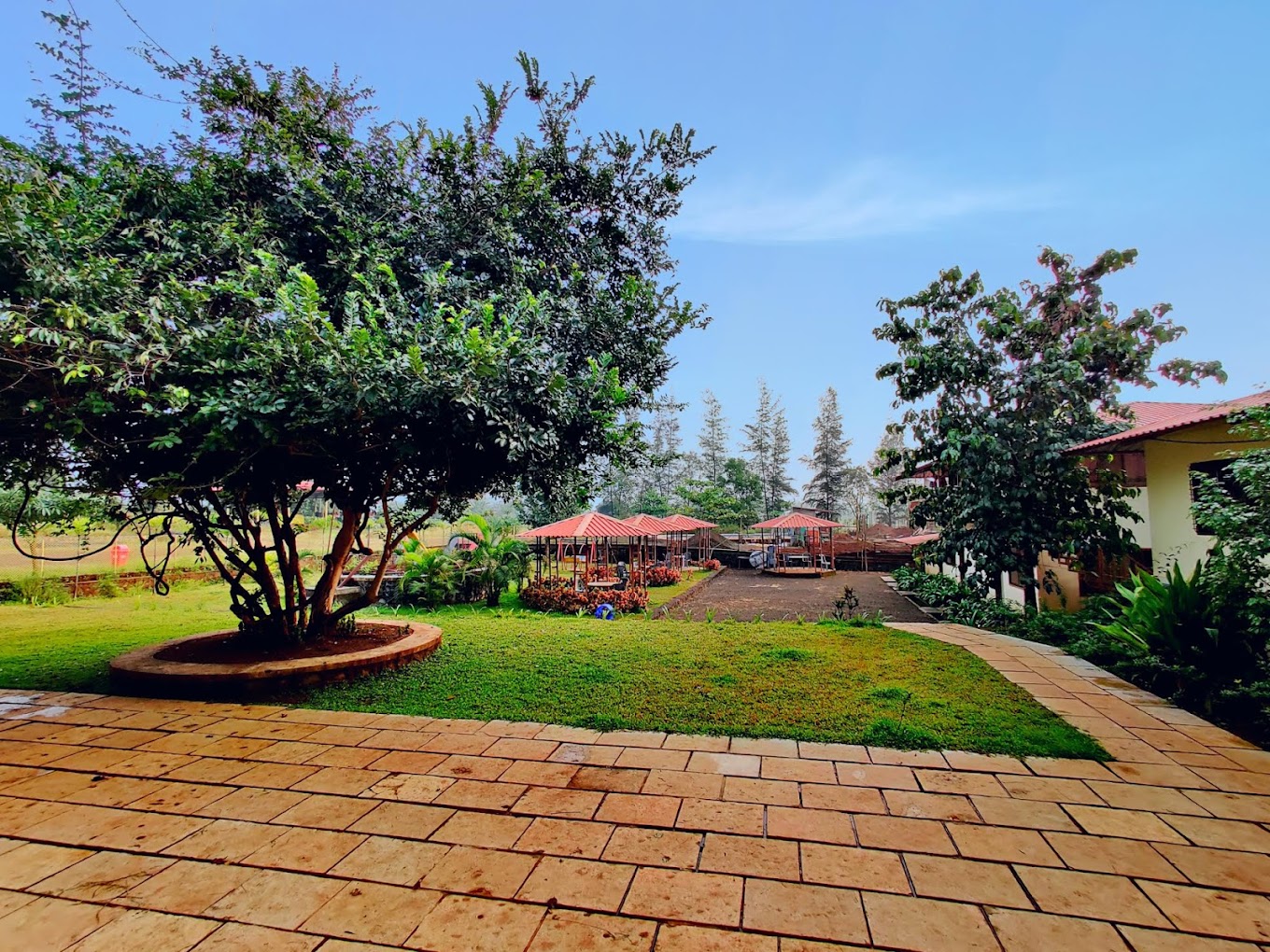
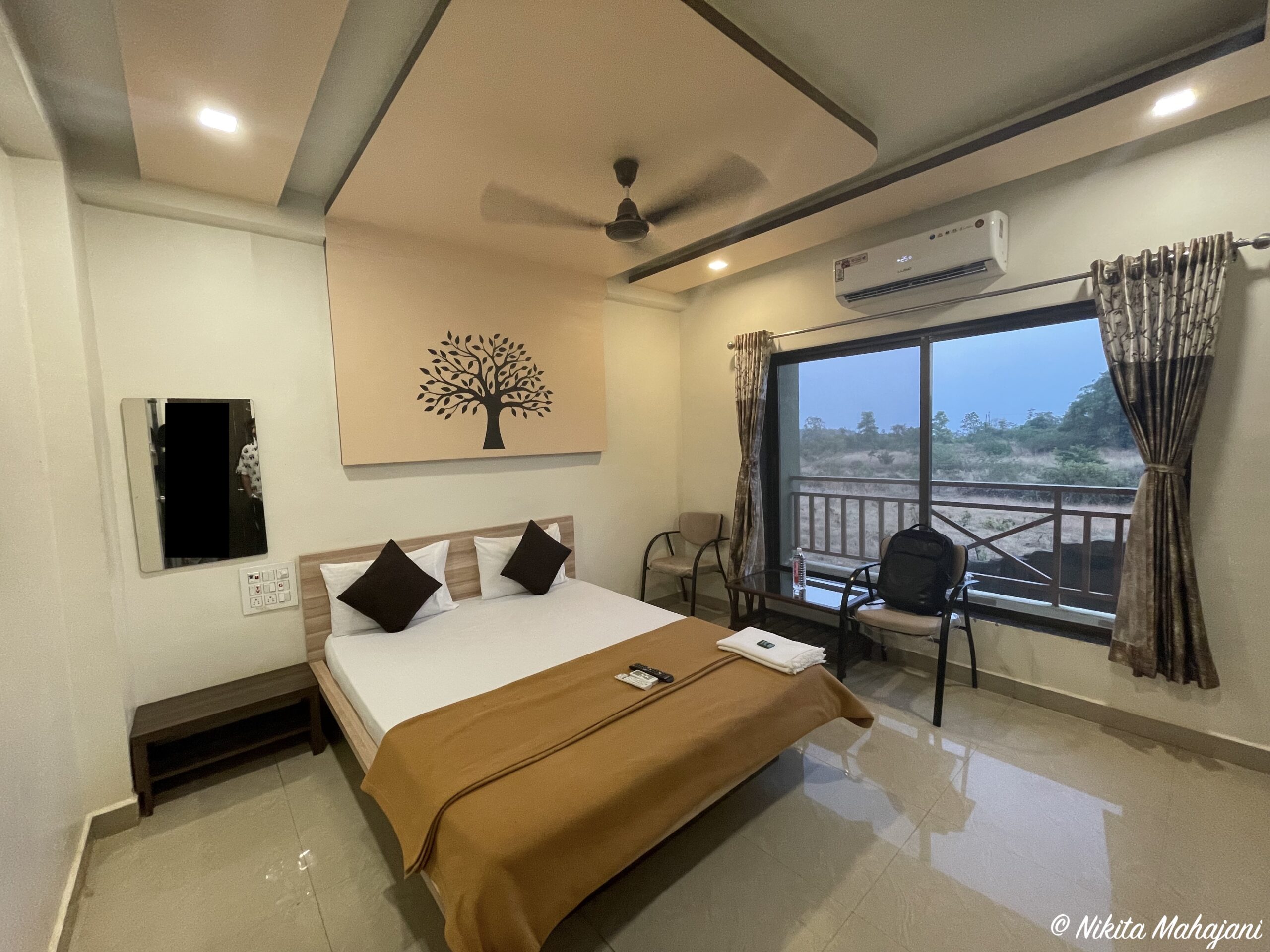
We visited the local handicrafts market in Jawhar. This city is very famous for authentic Warli paintings done by the tribal community.
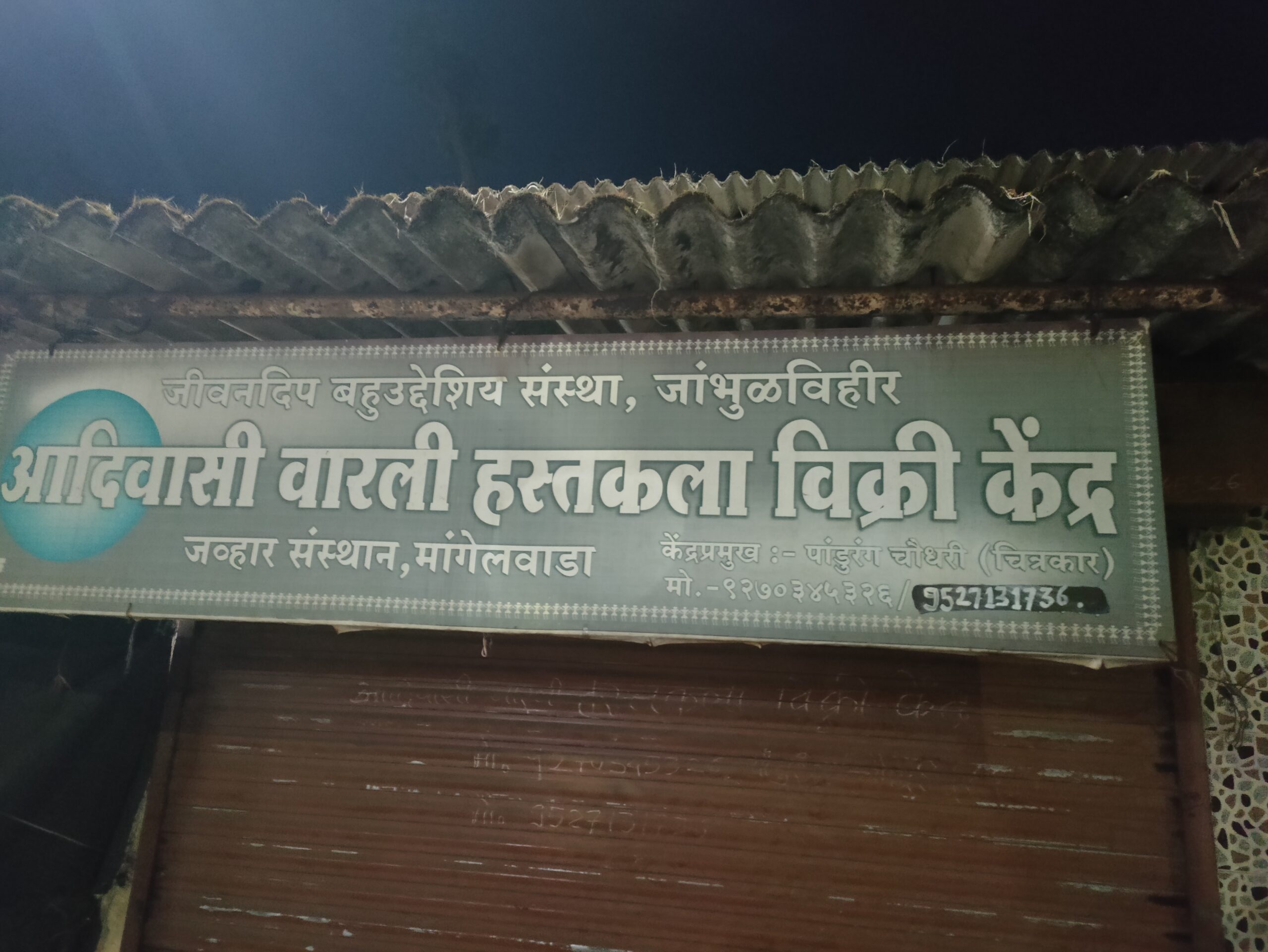
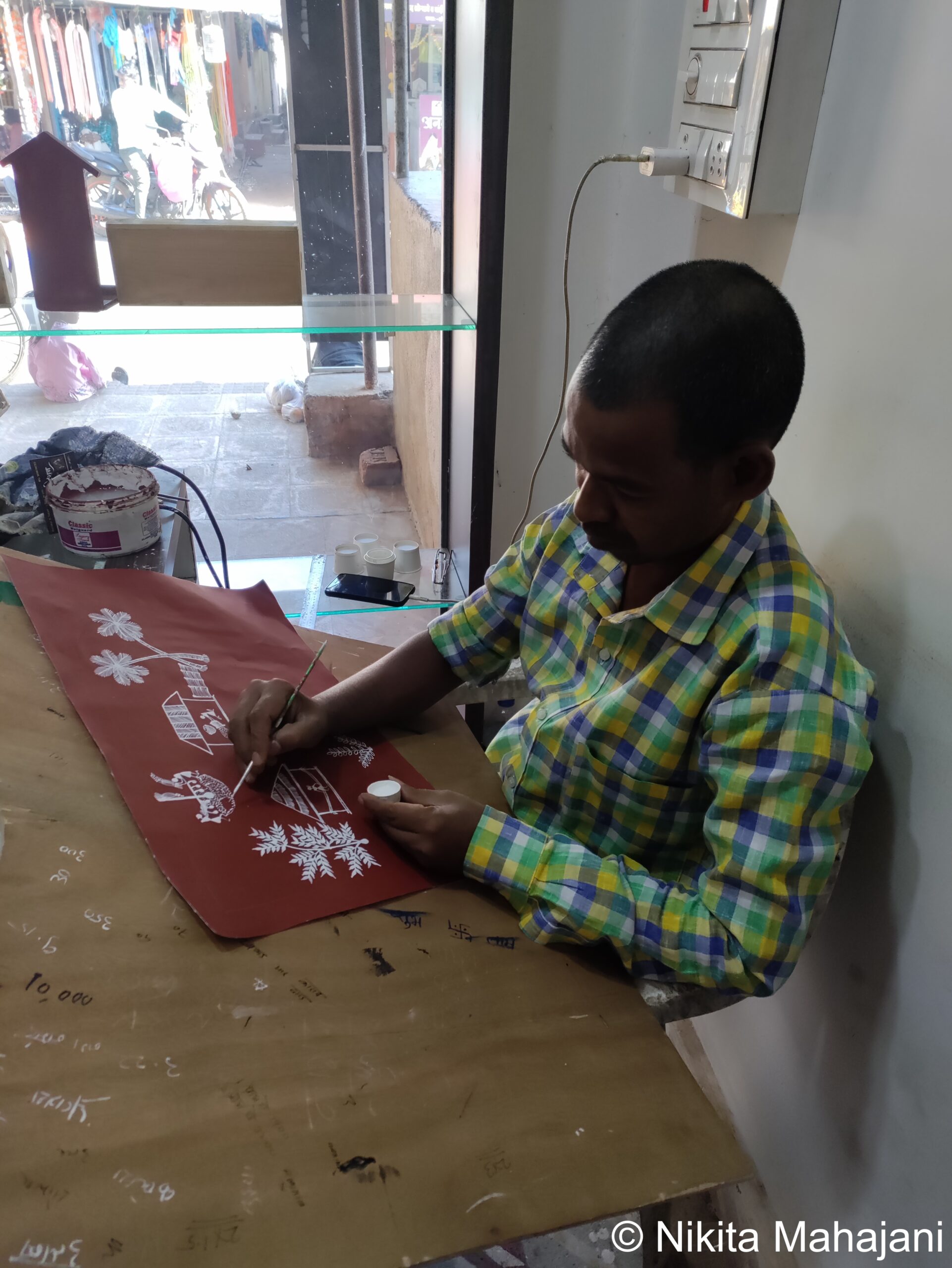
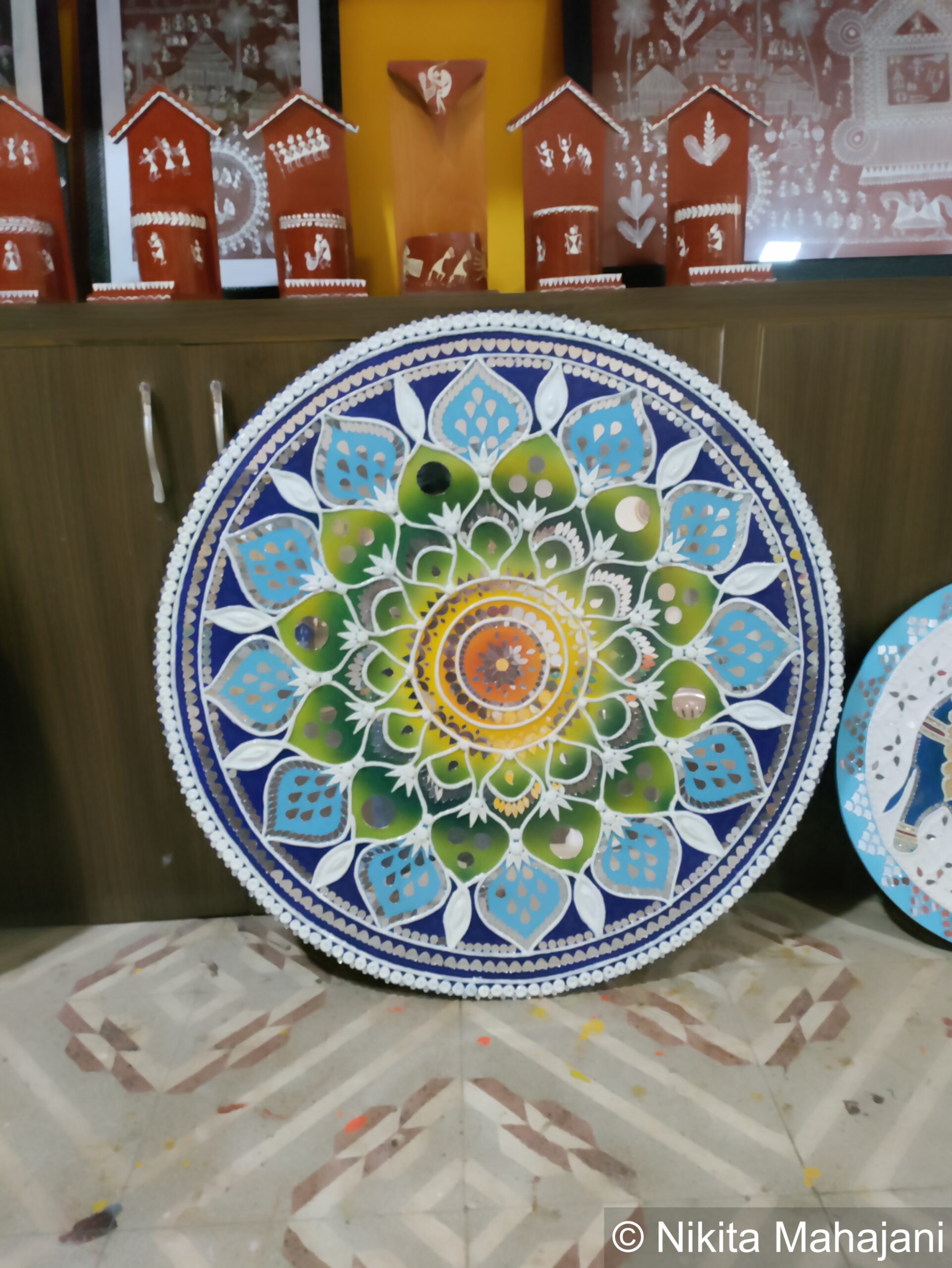
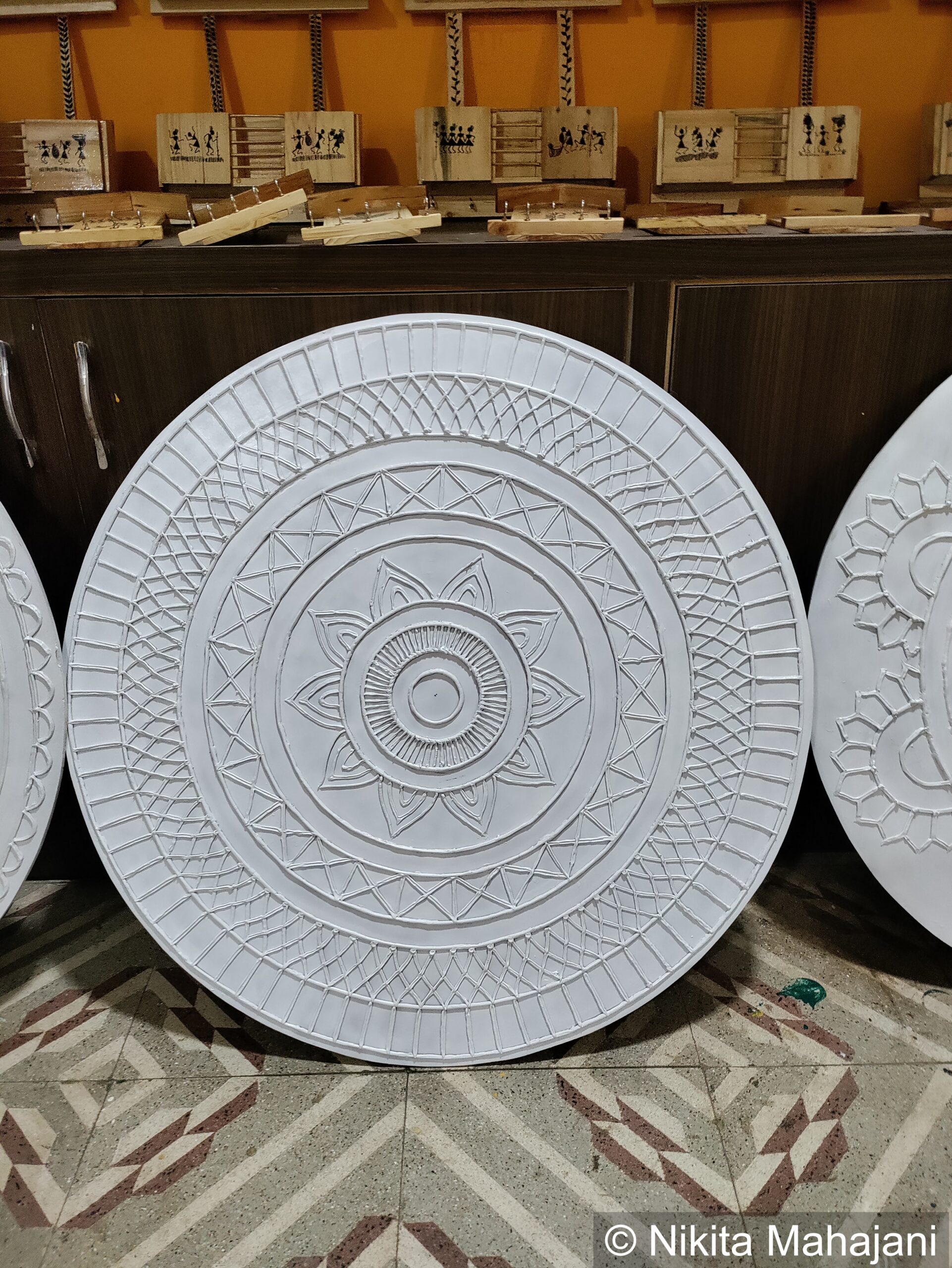
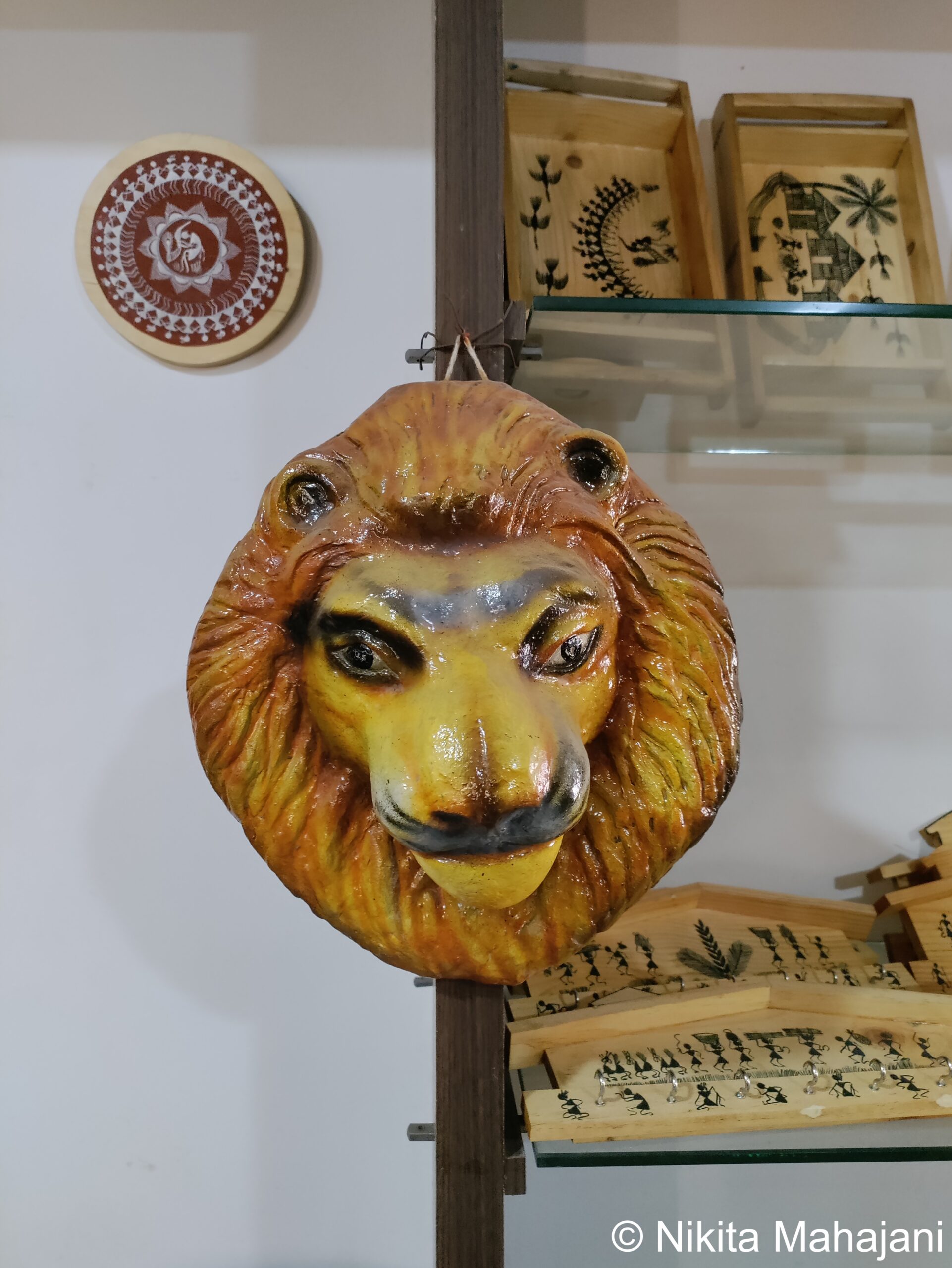
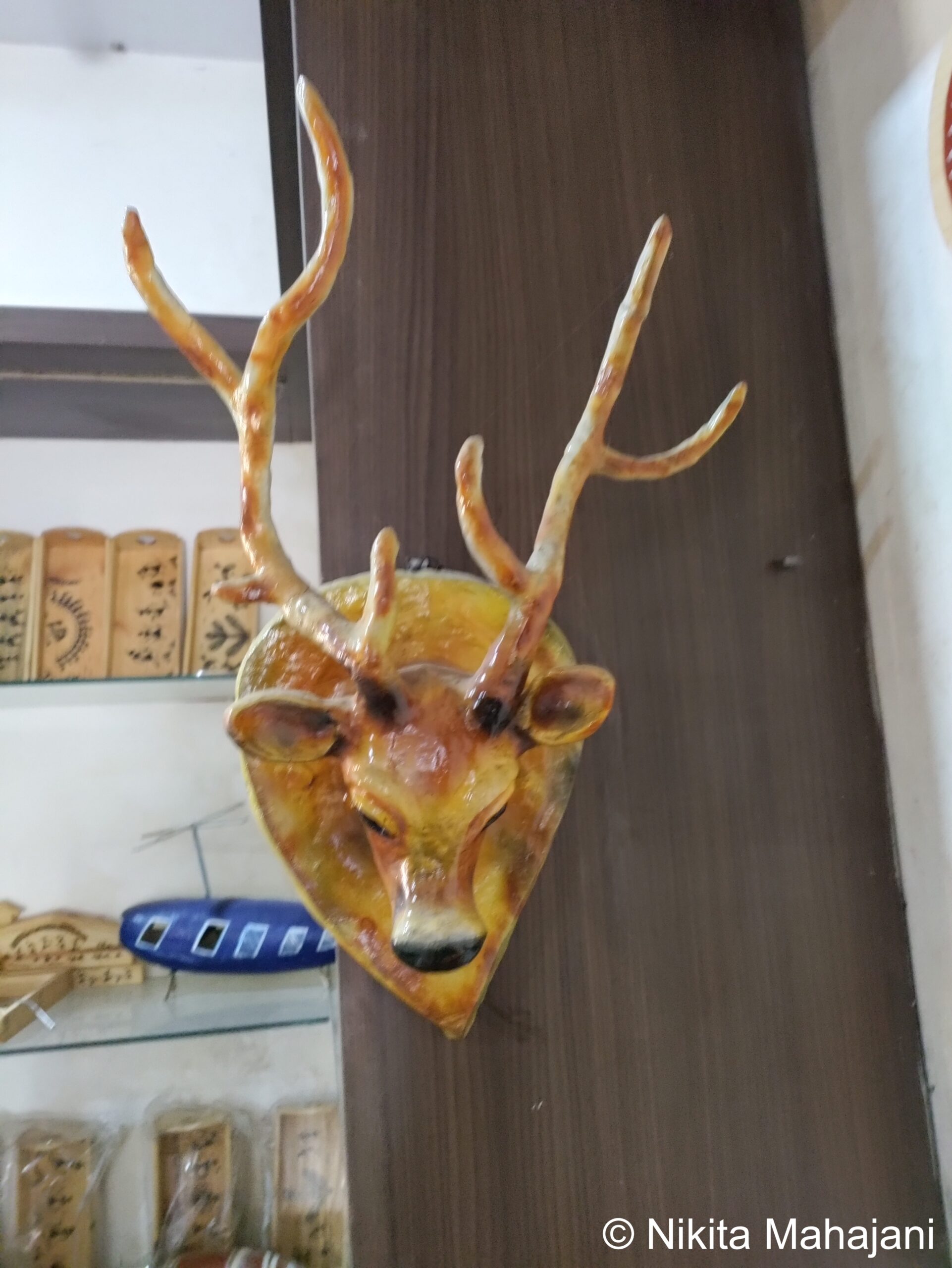
The evening was spent relaxing and enjoying dinner at the hotel before we turned in for the night.
Day 3: Jawhar’s Scenic Spots
Jawhar is a hidden gem, perfect for a relaxed day trip. Our first stop was Shirpamal, a historical site believed to have been visited by Shivaji Maharaj. Sophie was having a blast with all the new smells and sights!
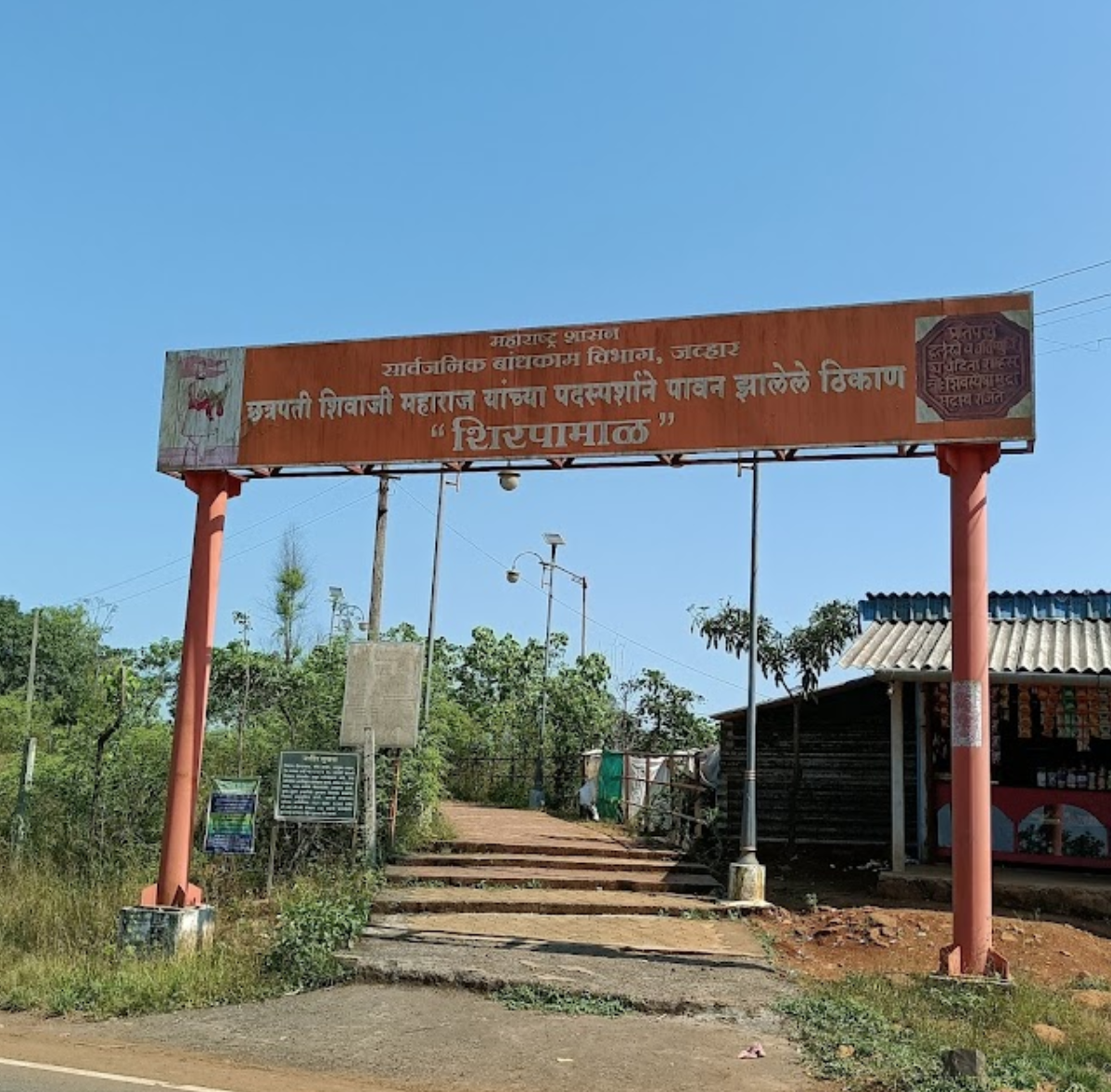
On road parking is available and then we climbed the steps leading to Shirpamal.

The Shirpamal, a historic structure perched atop a hill, is believed to have been built around three centuries ago when Chhatrapati Shivaji Maharaj camped here on his way to Surat. It holds great significance as the site where the first Vikramshah, the King of the Jawhar kingdom, welcomed Shivaji Maharaj and adorned his crown with a feather as a mark of honor.
Strategically positioned at the highest peak, Shirpamal provided a vantage point to monitor enemy movements while offering a breathtaking view of the valley, rich with natural beauty. The journey to Shirpamal itself is an exciting and adventurous experience, making it a popular destination for visitors. Its stunning location and captivating surroundings continue to attract tourists from far and wide.
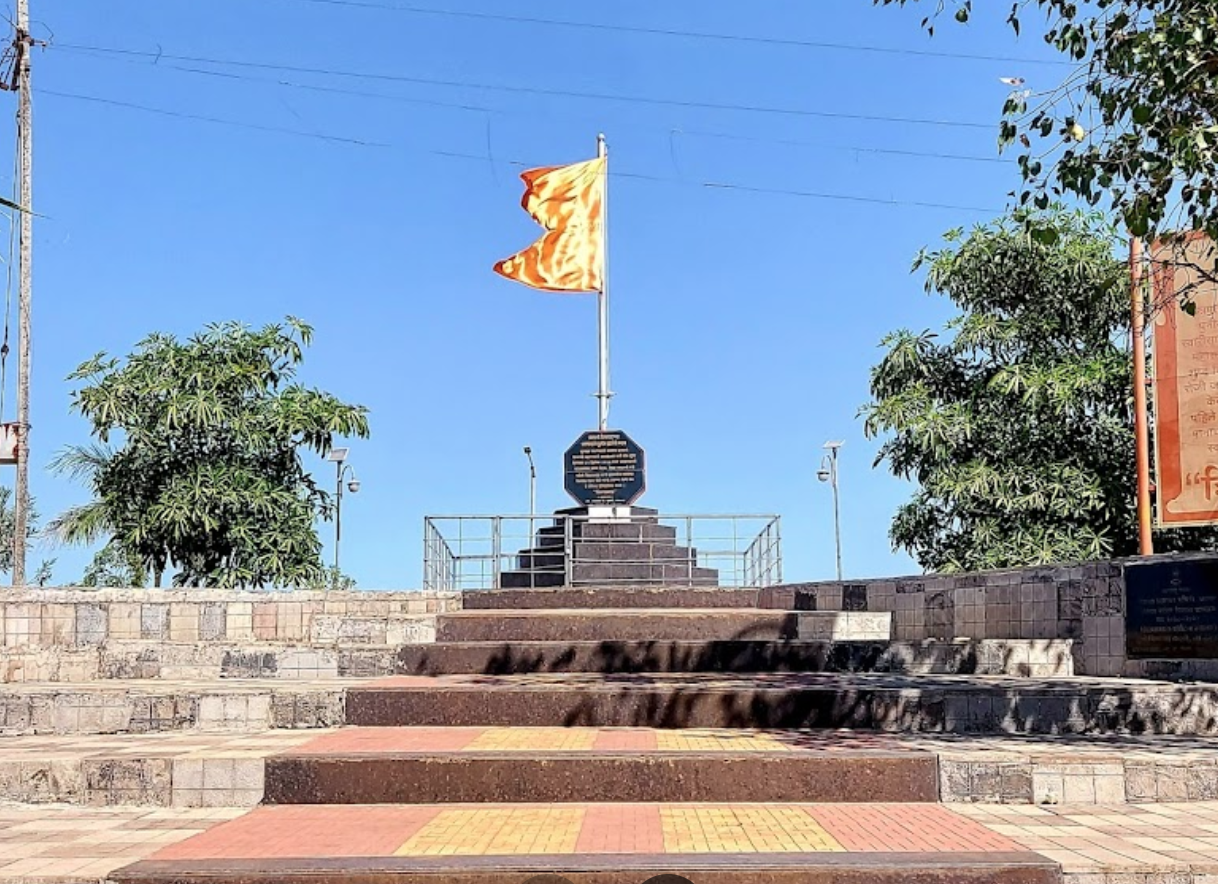
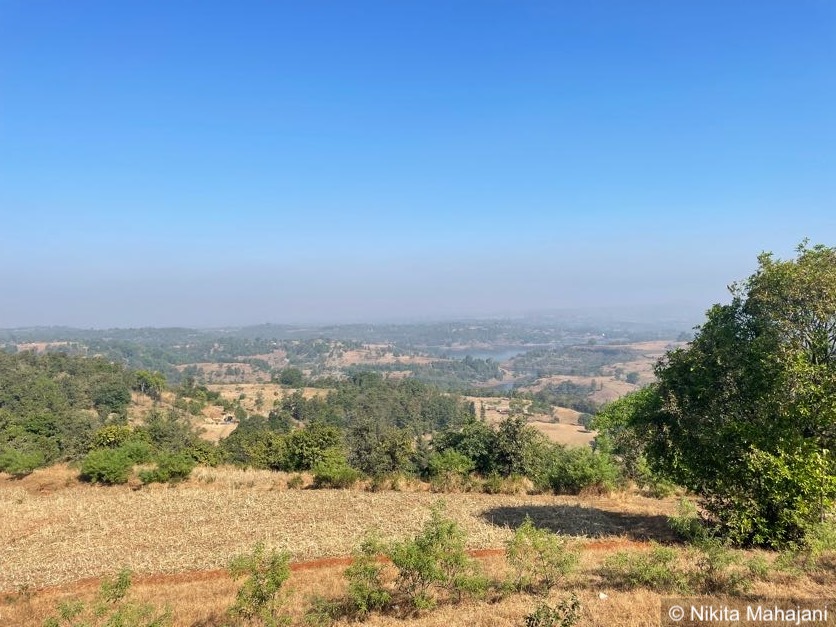
We came back to Prakriti Agro Farm Resort, Jawhar for lunch and took rest for some time. After having hi-tea and snacks we left for local sight seeing again.
The highlight of Jawhar for us was the Jai Vilas Palace, a beautiful royal residence with a rich history. One has to park on the road and walk through the forest for 5-7 mins mins to reach the palace. Washrooms are not available. The palace’s expansive lawns were perfect for Sophie to explore while we admired the architecture. This place is completely pet friendly. There was one more group of tourists who had come with a labrador. There was a group of indie puppies in the premises of the palaces. Since the palace doors are locked, one can’t go inside it.
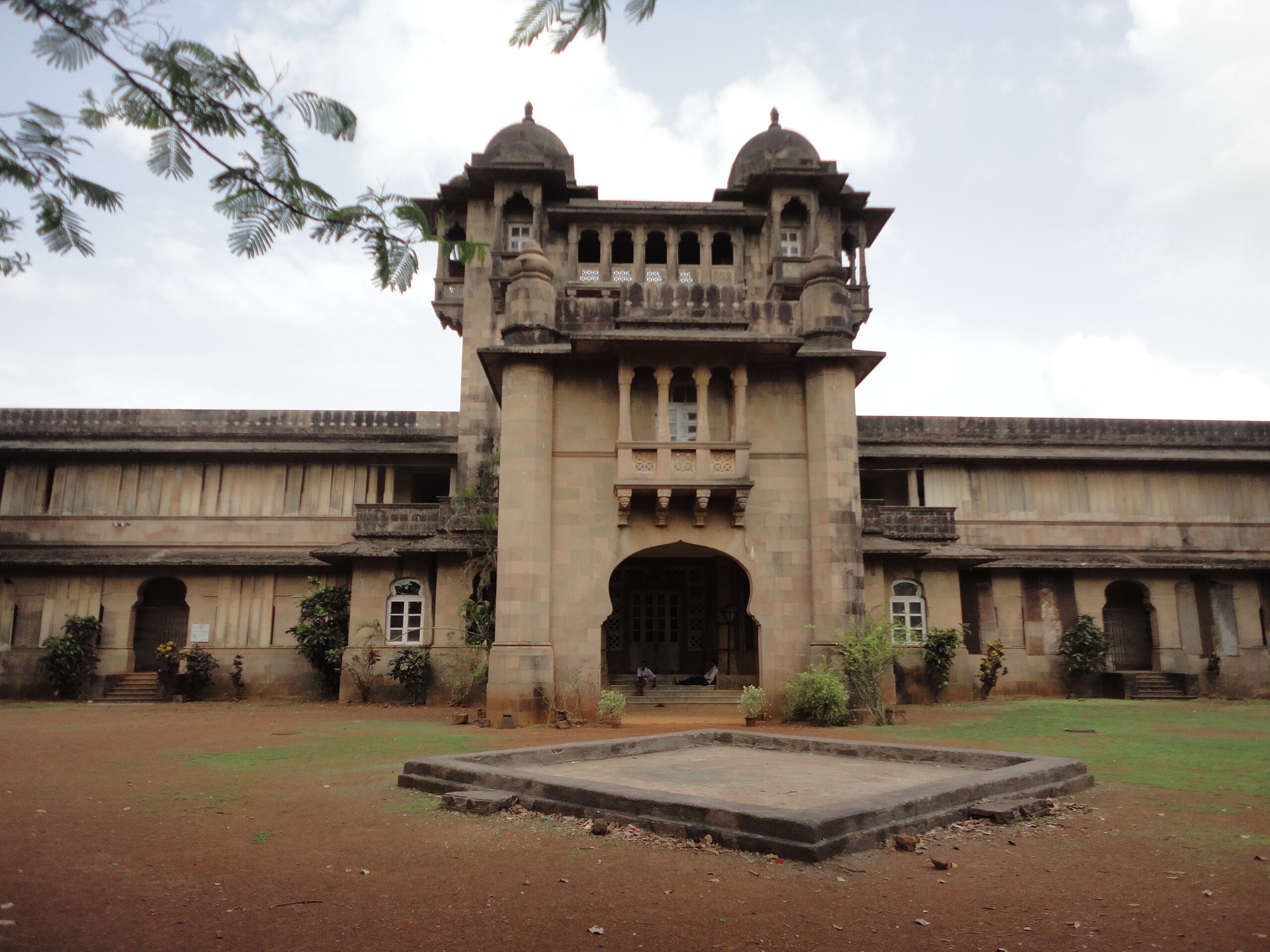
The old palace now lies in ruins, while the new palace, built in 1940, boasts 80 rooms. Strolling around the palace is a delightful experience, as it is set within a vast 500-acre cashew nut plantation.
The palace walls are decorated with paintings of King Yashwant Rao Mukne, his wife, and their sons. During our visit, we were shown the darbar hall, the king’s and queen’s chambers, and their children’s room, which still holds wooden toys and a telescope. The queen’s room was particularly distinctive, with most of its furniture—including the bed, chairs, and tables—designed in the shape of a lotus.
The king no longer resides in the palace; according to the caretaker, he now lives in Pune but visits occasionally.
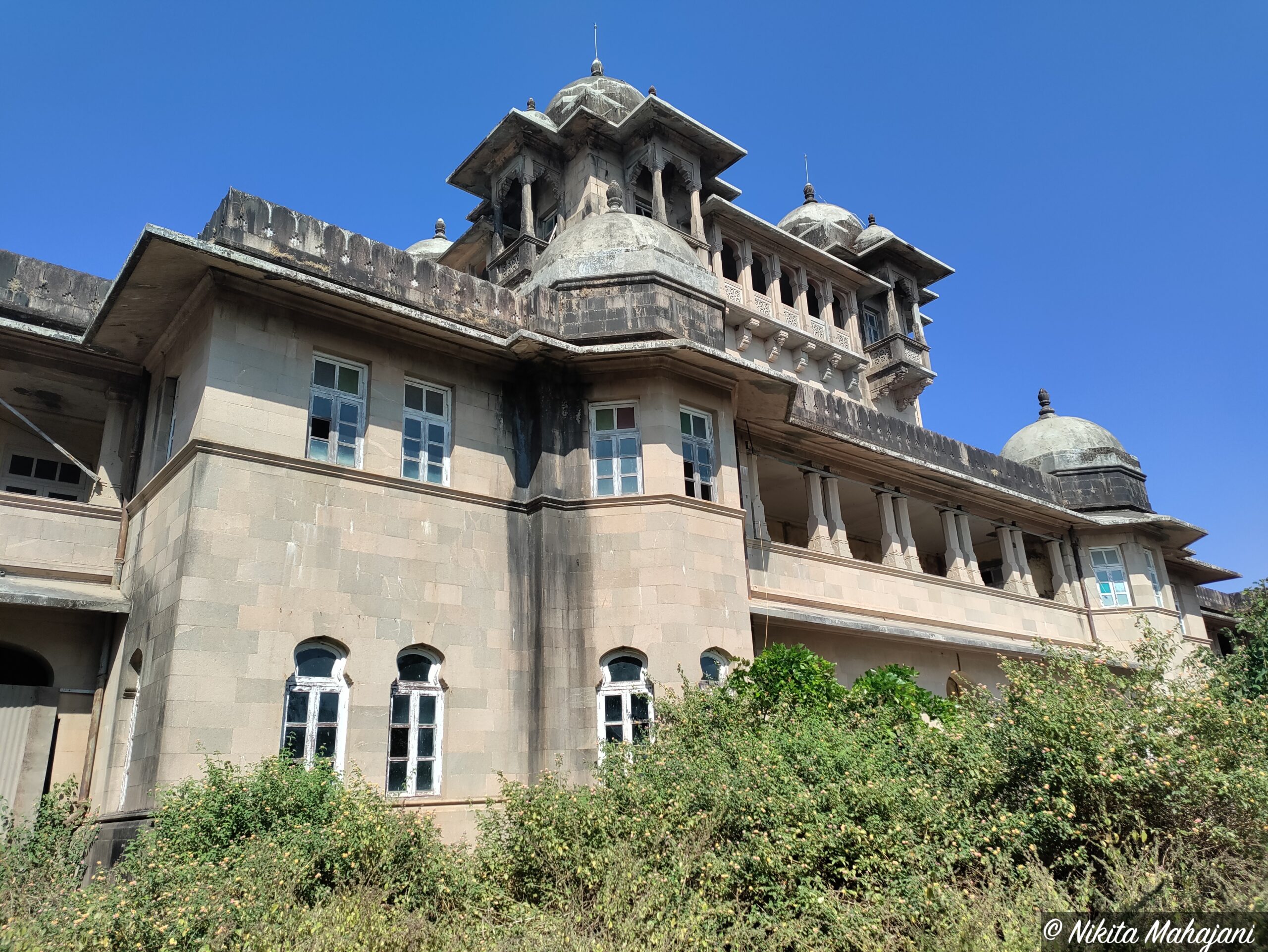
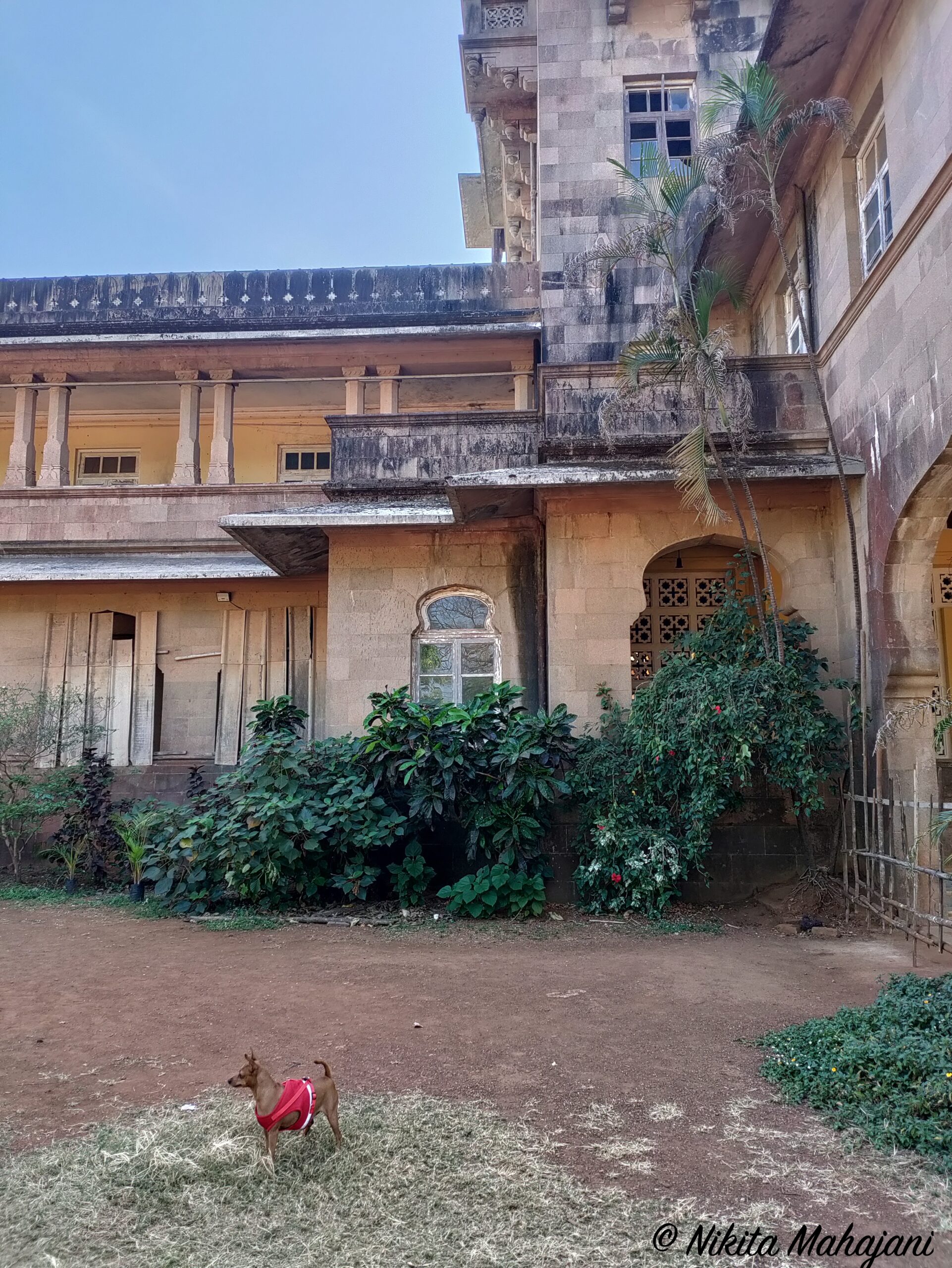
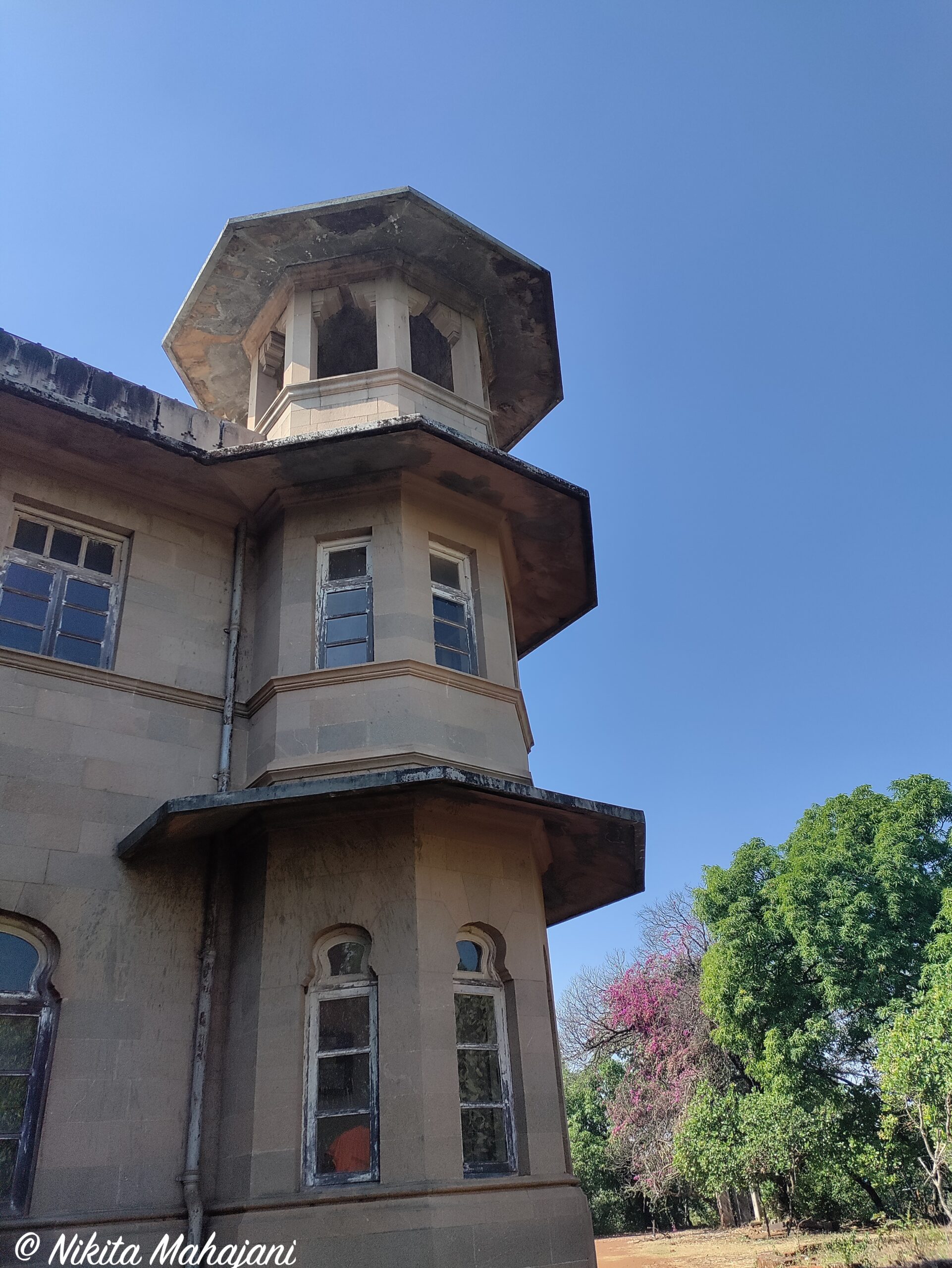
The place exudes a regal serenity. Koli King Jayabha Mukne (Jaideoraoji Mukne) established the Jawhar state and the Mukne dynasty in 1306. The last ruler, Shrimant Yashwantrao Martandrao Mukne, ascended the throne at a young age. During British rule, the Koli princely state was integrated into the Bombay Presidency and later merged with India after independence. Yashwantrao was a visionary leader who prioritized education and the progress of his people, even venturing into politics post-independence. A striking bust of this ‘people’s king’ stands at the city’s entrance, warmly welcoming visitors.
Jawhar remains one of Maharashtra’s rare tribal kingdoms, largely unknown to many. It is home to several indigenous tribes, including the Warli, Kolcha, Kukana, Thakur, Mahadev, Koli, and Katkaris. While many locals are engaged in the tourism industry, those who explore the area closely may come across vendors selling Jawhar’s renowned Warli paintings. The tourist attractions are spread across the region rather than being centralized, making personal transportation the most convenient option. For those relying on public transport, bargaining skills are essential, as local autorickshaws are scarce. Public transport options in the area are quite limited.
History of the Muknes of Jawhar
Yashwantrao Martandrao Mukne (also known as Patangshahji Mukne V or Dada Saheb) was a distinguished Koli king of the Mukne dynasty, whose life unfolded during India’s fight for independence from colonial rule. Born on December 11, 1917, in the princely state of Jawhar, he was the son of Vikramshah Pantangshah.
The Mukne dynasty, established in the mid-14th century by Koli chief Jayabha Mukne, ruled Jawhar for six centuries until India’s independence in 1947. The family played a pivotal role in shaping the region’s history and governance.
Yashwantrao’s father, Vikramshah Pantangshah, served in World War I and was honored with a nine-gun salute upon his passing at the age of 42. Following his untimely death in 1928, young Yashwantrao became the heir, with his mother, Rajmata Saguna Bai Mukne, serving as regent until he officially took over in 1938.
As the Koli Maharaja of Jawhar, Yashwantrao Mukne was known for his progressive leadership and developmental initiatives. He promoted industrial growth, particularly in the paper, chemical, textile, dyeing, and starch sectors. Notably, he established a firearms factory in Nepal in 1907, reflecting his commitment to India’s freedom movement.
Education and healthcare were among his top priorities. He implemented free primary education, ran middle and high schools, and set up a library, museum, and hospital. His efforts also extended to rural areas, where he introduced mobile dispensaries to improve healthcare accessibility.
During World War II, Yashwantrao Mukne served as a Flight Lieutenant in the Royal Indian Air Force for four years, further demonstrating his dedication to the nation.
After India’s independence, Jawhar merged with the Indian Union, and Yashwantrao transitioned into politics. As a member of the Indian National Congress, he was elected to the 1st Lok Sabha from the Scheduled Tribes reserved seat in Thane. He later represented Bhiwandi in the 3rd Lok Sabha and Dahanu in the 4th Lok Sabha.
Beyond his political career, he authored Jayaba, a book detailing his family’s history. He was married to Her Highness Priyamvada Raje, a princess of Jath State, and they had one son and two daughters. The royal family resided in the grand Jai Vilas Palace in Jawhar.
Yashwantrao Martandrao Mukne’s legacy endures in Jawhar’s history as a visionary ruler, patriot, and statesman whose contributions extended beyond his princely state, leaving a lasting impact on India’s independence movement.
We came back to Prakriti Agro Farm Resort, Jawhar in the evening. While having dinner, we also enjoyed the Karaoke night on the lawns.
To read the next blog on Junnar-Jawhar-Nashik Day 4 click here
Where did we stay?
Mayurangan Resort, Junnar
Prakriti Agro Farm Resort, Jawhar
Raghunandan Resort, Nashik
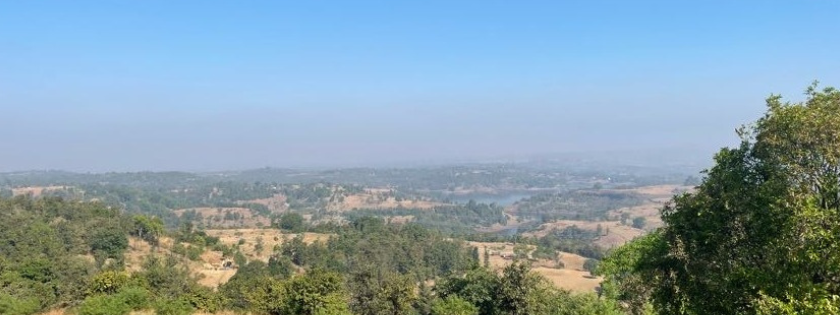
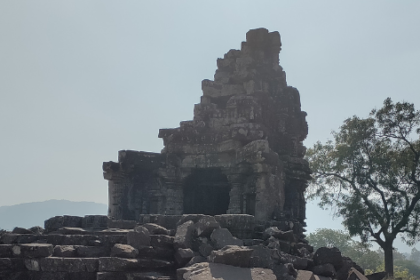
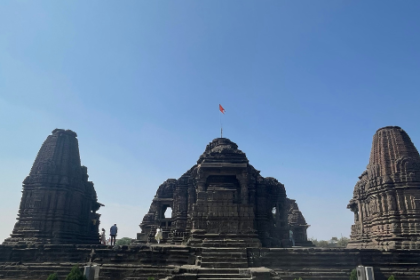

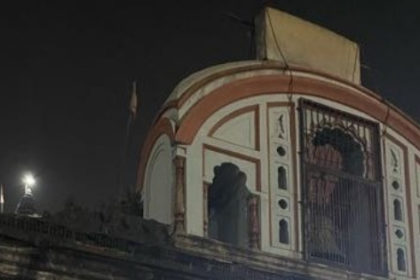
[…] To read the next blog on Junnar-Jawhar-Nashik Day 2&3 click here […]